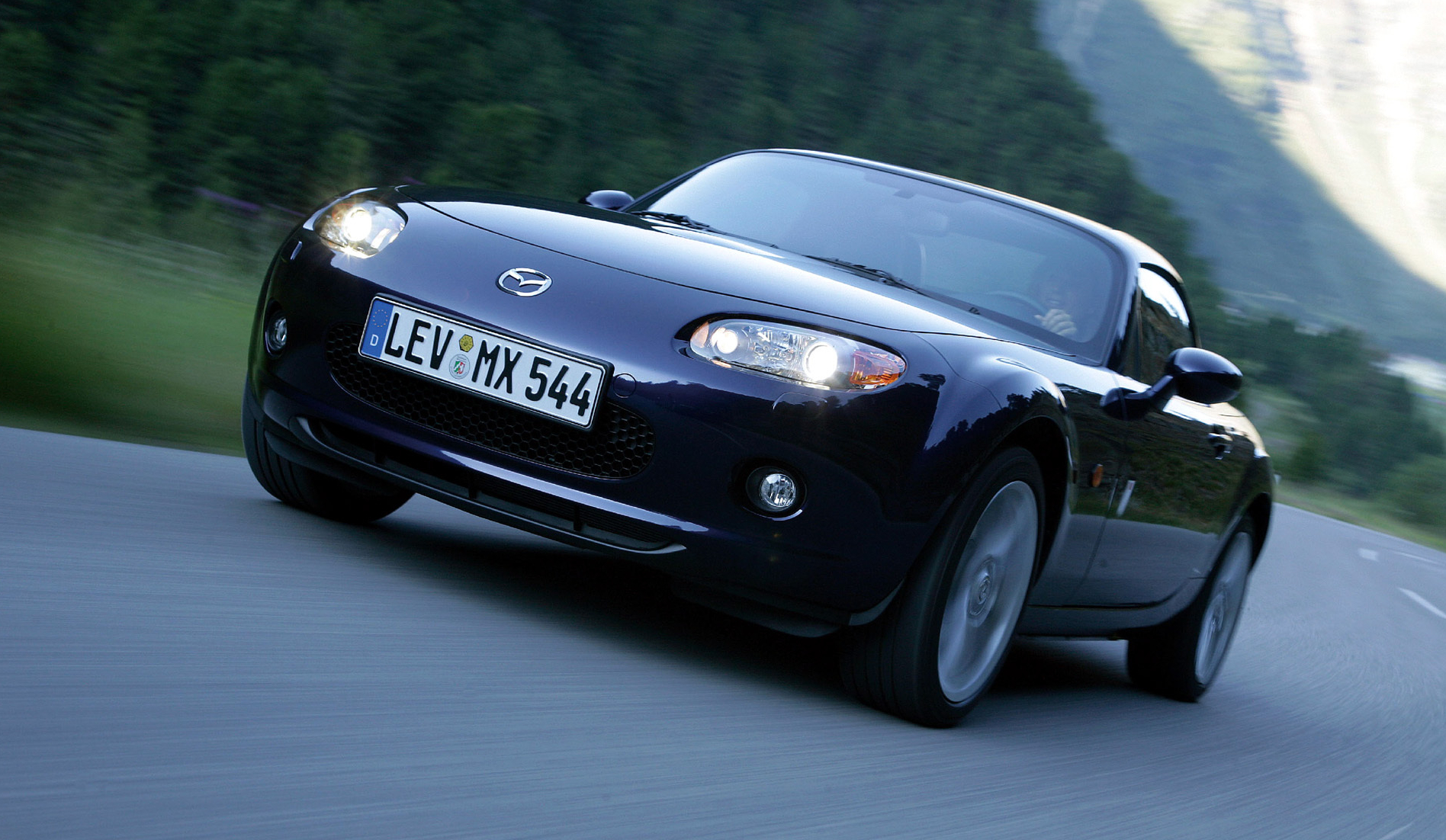The History of Mazda in South Africa
Mazda, the Japanese automotive manufacturer renowned for its innovation and engineering, has a rich history in South Africa that reflects the broader evolution of the global automotive industry. Founded in 1920, Mazda has become a prominent player in the automotive market, known for its commitment to quality, performance, and sustainability. Its journey in South Africa is characterized by strategic growth, local adaptation, and a dedication to customer satisfaction.
Early Years: Introduction to the Market
Mazda's first foray into the South African market can be traced back to the 1960s. Initially, the brand was represented through importers and dealers, who brought models like the Mazda R100 and the Mazda 616 to local consumers. These vehicles quickly gained popularity, thanks to their affordability, reliability, and distinctive rotary engines, which offered unique performance characteristics.
The introduction of the Mazda RX-7 in the late 1970s solidified Mazda’s reputation in South Africa. Known for its lightweight design and sporty performance, the RX-7 appealed to enthusiasts and helped establish a loyal customer base. During this time, Mazda positioned itself as a manufacturer of stylish and efficient vehicles, successfully catering to a growing market of young, aspirational drivers.
Establishing a Strong Presence
The 1980s marked a significant period of expansion for Mazda in South Africa. As the demand for vehicles increased, Mazda began establishing a more formal presence in the country. This included building a comprehensive dealer network, which enabled better customer support and service. The Mazda 323 and the Mazda B-series bakkies (pickups) became particularly popular during this decade, appealing to both urban drivers and those in rural areas.
In 1985, Mazda formed a joint venture with Ford, creating the Ford Motor Company of Southern Africa (FMCSA), which allowed for increased investment in local assembly and production. This partnership helped Mazda enhance its competitiveness in the South African market while providing access to Ford’s extensive distribution network and resources.
The 1990s: Growth and Innovation
The 1990s brought further growth and innovation for Mazda in South Africa. The launch of models like the Mazda 626 and the Mazda MX-5 showcased the brand's commitment to quality and performance. The MX-5, in particular, became a symbol of sporty driving and open-air motoring, winning numerous awards for its design and engineering.
During this decade, Mazda continued to emphasize the importance of customer engagement. The establishment of loyalty programs and promotional events helped build a strong community of Mazda enthusiasts. The brand also began focusing on safety features and environmental considerations, responding to the evolving demands of South African consumers.
Challenges and Resilience
Entering the 2000s, Mazda faced several challenges, including fluctuating economic conditions and increased competition from both local and international manufacturers. Despite these hurdles, the brand continued to innovate, introducing models like the Mazda 3 and Mazda 6, which garnered positive reviews for their performance, design, and technology.
The global financial crisis of 2008 had a significant impact on the automotive industry, and Mazda was no exception. However, the brand's commitment to quality and reliability helped it maintain a loyal customer base. The introduction of the Skyactiv technology in 2011, focusing on improving fuel efficiency and reducing emissions, showcased Mazda’s dedication to sustainability and innovation.
Recent Developments and Future Directions
In recent years, Mazda has continued to strengthen its position in South Africa by launching new models and embracing technology. The introduction of the CX-5 and CX-30 SUVs tapped into the growing demand for crossover vehicles, which have become increasingly popular among South African consumers.
Mazda South Africa has also focused on enhancing the customer experience through improved digital engagement, offering online sales options, and digital services. This modern approach aims to cater to the preferences of younger, tech-savvy buyers while maintaining the brand’s legacy of quality.
Additionally, Mazda is embracing sustainability by investing in electric and hybrid technologies. The development of models like the Mazda MX-30, the brand's first fully electric vehicle, reflects a commitment to reducing carbon emissions and promoting eco-friendly driving solutions.
Conclusion
The history of Mazda in South Africa is a narrative of resilience, innovation, and customer connection. From its early days in the 1960s to its current focus on sustainability and technology, Mazda has successfully navigated the complexities of the automotive landscape. As the brand continues to evolve, its commitment to quality, performance, and customer satisfaction will undoubtedly resonate with South African consumers for years to come.









